
Copernical Team
Watch live: first space steps for Matthias
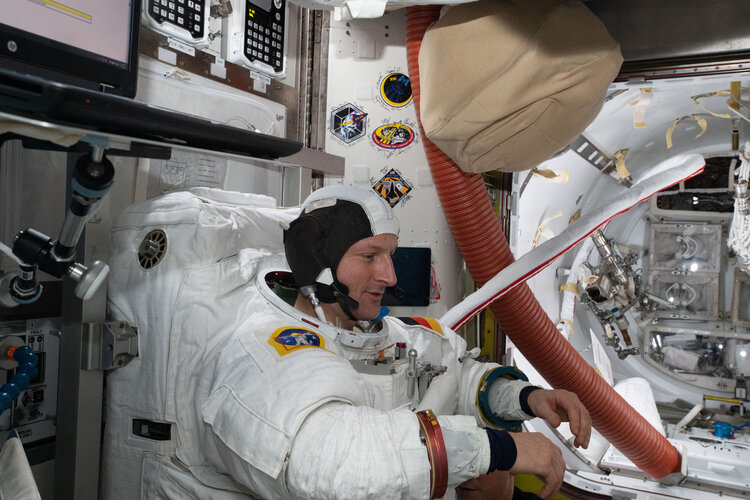
Tune in to ESA Web TV channel 2 from 12:30 CET (11:30 GMT) this Wednesday 23 March to watch ESA astronaut Matthias Maurer’s first spacewalk, known as US EVA 80, live from the International Space Station.
Cosmic milestone: NASA confirms 5,000 exoplanets
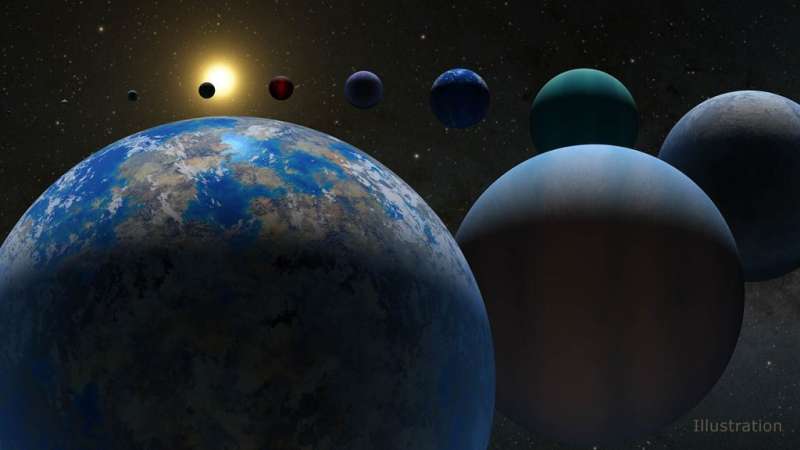
The count of confirmed exoplanets has just ticked past the 5,000 mark, representing a 30-year journey of discovery led by NASA space telescopes.
Not so long ago, we lived in a universe with only a small number of known planets, all of them orbiting our sun. But a new raft of discoveries marks a scientific high point: More than 5,000 planets are now confirmed to exist beyond our solar system.
Satellite operator OneWeb switches launches to SpaceX
 Global satellite communications company OneWeb said Monday that it will switch launches to Elon Musk's SpaceX, after suspending activities with Russia's Baikonur Cosmodrome in Kazakhstan.
"OneWeb... announced today that the company and SpaceX entered into an agreement that will enable OneWeb to resume satellite launches," OneWeb said in a brief statement.
The terms of the agreement remai
Global satellite communications company OneWeb said Monday that it will switch launches to Elon Musk's SpaceX, after suspending activities with Russia's Baikonur Cosmodrome in Kazakhstan.
"OneWeb... announced today that the company and SpaceX entered into an agreement that will enable OneWeb to resume satellite launches," OneWeb said in a brief statement.
The terms of the agreement remai Samantha’s second space mission: Minerva
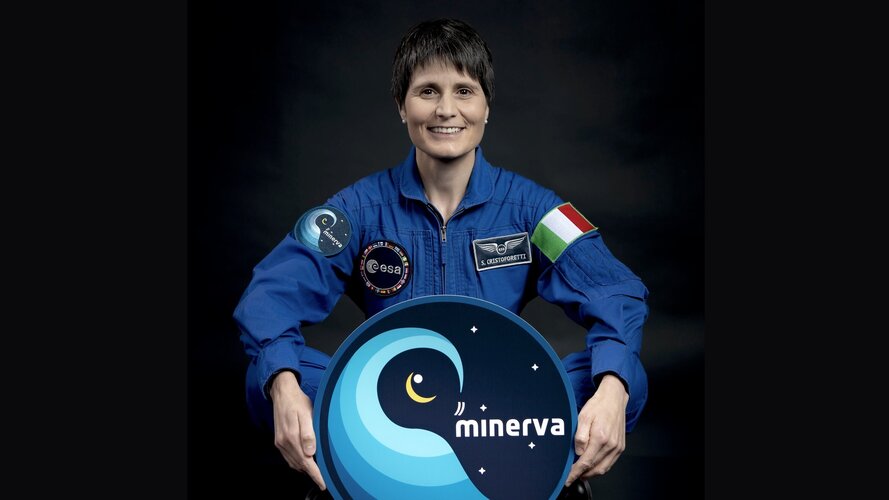 Video:
00:04:15
Video:
00:04:15
ESA astronaut Samantha Cristoforetti will return to the International Space Station in April 2022. Her second space mission is known as Minerva.
Inspired by Roman mythology, Samantha says the Minerva mission name and patch pay homage to the competence and sophisticated craftmanship of all those who make human spaceflight possible.
Samantha will travel to the Station alongside NASA astronauts Kjell Lindgren, Bob “Farmer” Hines and Jessica Watkins. Collectively known as Crew-4, the astronauts will be launched from NASA’s Kennedy Space Center in Florida, USA, on a SpaceX Crew Dragon spacecraft.
When Samantha arrives at the Station, her Minerva mission officially
Methane detected over Poland’s coal mines
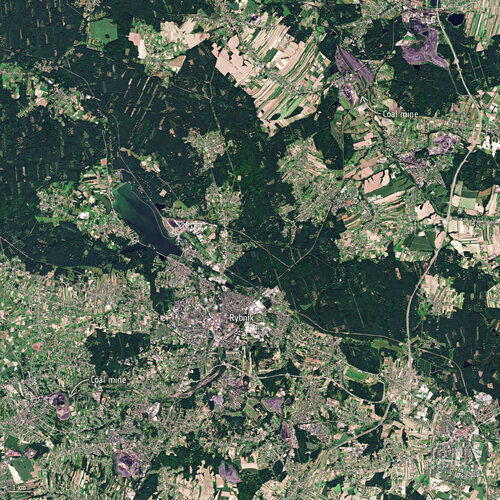
Data from the Tropomi instrument onboard the Copernicus Sentinel-5P satellite has been used to detect methane plumes over some of Europe’s largest methane-emitting coal mines.
Surviving space: major conference focuses on materials in space environment
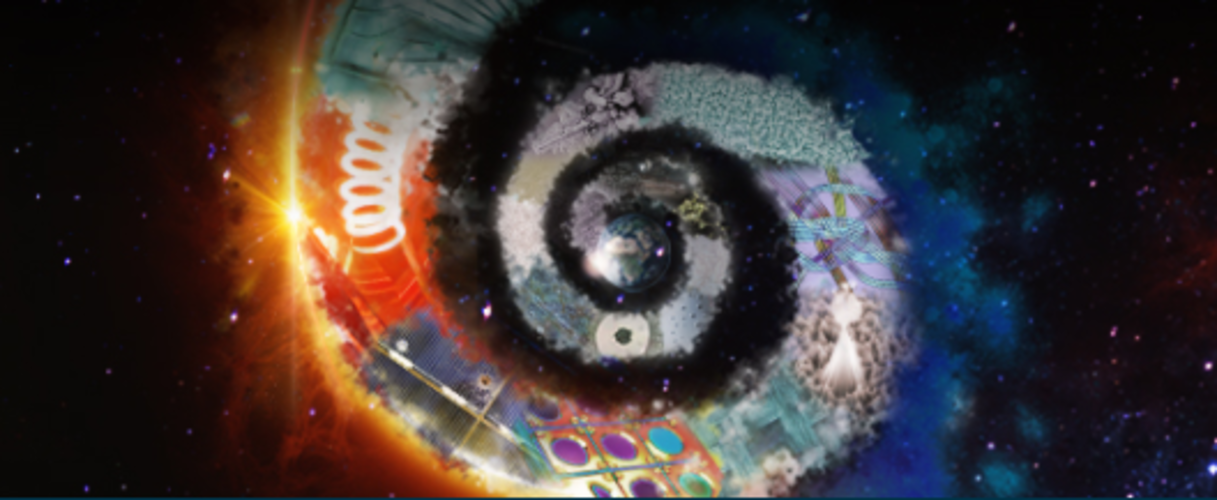
Materials make the space mission – but ensuring they survive in space is always a challenge. The very act of transporting them beyond Earth ensures their characteristics will alter as they interact with the space environment in complex ways.
SpaceX launches 53 Starlink satellites after weather delays
 Elon Musk's SpaceX launched 53 Starlink satellites from Florida early Saturday morning after the launch was postponed Friday night because of stormy weather.
The launch, which came days after the company celebrated its 20th anniversary, was pushed back to 12:42 a.m. EDT when stormy weather near Complex 40 at Cape Canaveral Space Force Station had cleared.
The spacecraft was initi
Elon Musk's SpaceX launched 53 Starlink satellites from Florida early Saturday morning after the launch was postponed Friday night because of stormy weather.
The launch, which came days after the company celebrated its 20th anniversary, was pushed back to 12:42 a.m. EDT when stormy weather near Complex 40 at Cape Canaveral Space Force Station had cleared.
The spacecraft was initi 3 cosmonauts arrive at space station in yellow and blue
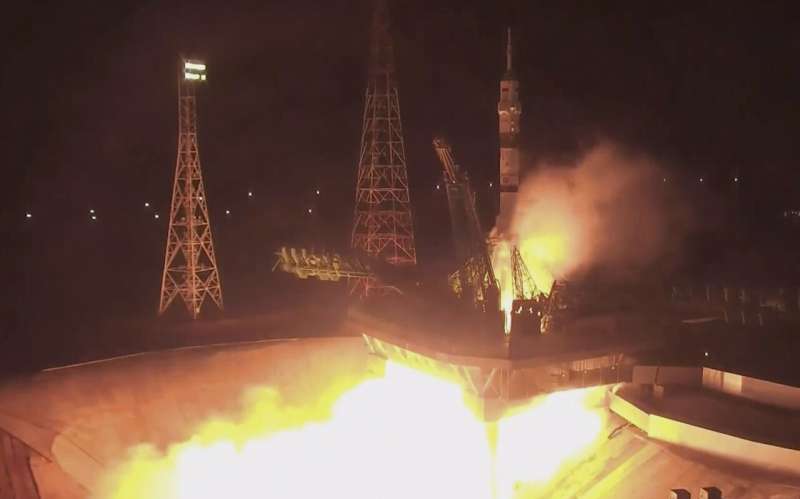
A trio of Russian cosmonauts arrived at the International Space Station on Friday, the first new faces in space since the start of the Russian war in Ukraine.
Northrop Grumman's Space Tracking and Surveillance System completes mission
China's space station to support large-scale scientific research
 China plans to conduct a number of frontier scientific experiments on its Tiangong space station, with the two laboratory modules, Wentian and Mengtian, scheduled to be launched this year, according to the Technology and Engineering Center for Space Utilization under the Chinese Academy of Sciences.
The experiments include raising fish, growing vegetables, setting up the most precise clock
China plans to conduct a number of frontier scientific experiments on its Tiangong space station, with the two laboratory modules, Wentian and Mengtian, scheduled to be launched this year, according to the Technology and Engineering Center for Space Utilization under the Chinese Academy of Sciences.
The experiments include raising fish, growing vegetables, setting up the most precise clock 
































